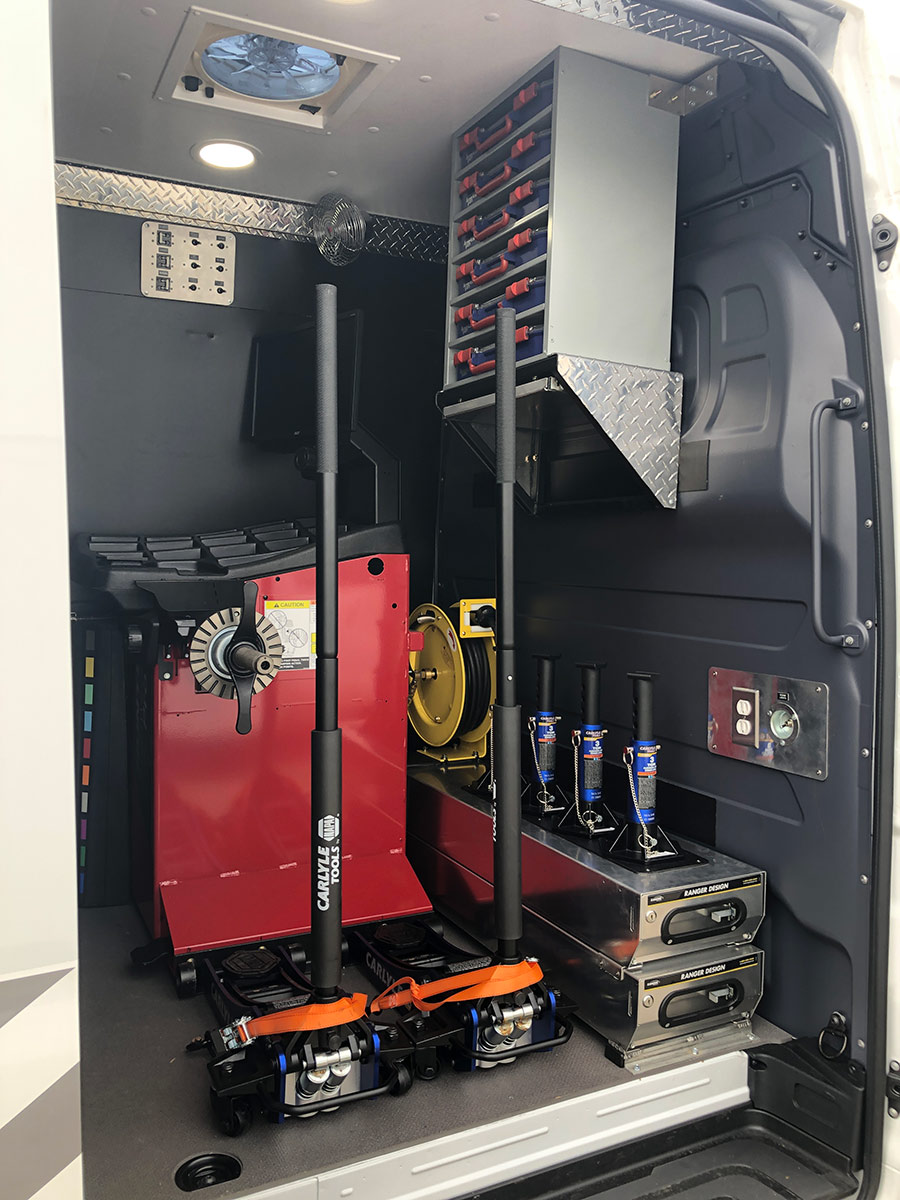Specialist Mobile Tire Repair in Las Vegas - Fast Service Guaranteed
Tire Solution: Proven Approaches for Optimal Tire Upkeep and Treatment
Preserving optimal tire problem is extremely important for both security and performance of any type of car. From guaranteeing proper tire stress to regular rotation and alignment, there are tested techniques that can substantially extend the lifespan of your tires and improve overall driving experience. As we explore the ins and outs of tire care and maintenance, we will certainly discover vital guidelines that every car proprietor need to stick to for the very best possible results. Allow's delve into the globe of tire service and find the keys to maintaining your tires in top-notch shape for the long haul.
Relevance of Tire Stress
Proper tire pressure is an important consider ensuring ideal car performance and security on the roadway. Preserving the suggested tire stress levels supplied by the maker uses many advantages. First of all, ample tire stress advertises far better gas effectiveness, as under-inflated tires can cause boosted rolling resistance, causing the engine to function harder and consume more gas. Secondly, proper tire stress makes sure also tread wear, improving tire durability and saving money in the lengthy run by postponing the need for early substitutes. Additionally, effectively pumped up tires contribute to boosted handling and braking capacities, vital for risk-free driving in various roadway problems. Over-inflated tires, on the various other hand, can lead to lowered grip and a harsher ride. Alternatively, under-inflated tires are vulnerable to getting too hot, which can lead to mishaps and blowouts. Regularly adjusting and inspecting tire pressure, especially in the past long trips, is a basic yet reliable way to boost car performance, prolong tire life expectancy, and prioritize safety and security when driving.
Tire Turning Guidelines
When taking into consideration tire rotation standards, it is necessary to comprehend the importance of this maintenance job in making best use of tire life-span and keeping optimal car performance. Tire turning entails altering the setting of each tire on a lorry to guarantee also tread wear. Front tires often tend to put on faster than rear tires due to guiding forces, making regular rotation vital for well balanced wear patterns. The recommended rotation pattern varies relying on whether an automobile is front-wheel, rear-wheel, all-wheel, or 4x4. Generally, tires must be turned every 5,000 to 7,500 miles, or as advised in the automobile guidebook. Neglecting tire turning can result in uneven wear, influencing handling, grip, and possibly compromising car safety and security. By sticking to appropriate turning standards, drivers can prolong the life of their tires, enhance gas effectiveness, and enhance total driving experience. Normal rotation is a basic yet reliable upkeep practice that adds dramatically to tire durability and car performance.

Benefits of Wheel Positioning
Making sure proper wheel placement after tire turning is essential for maintaining balanced wear patterns and maximizing lorry performance. Additionally, appropriate wheel positioning helps to expand the lifespan of your tires. Misaligned wheels can trigger unequal tire wear, leading to early tire substitute and enhanced maintenance expenses.

Tire Footstep Depth Check
Doing a normal examination of tire tread deepness is essential for keeping secure driving conditions and lengthening the lifespan of your tires. The tread on your tires plays a vital duty in providing traction, specifically in damp or slippery problems. To inspect your tire step deepness, you can use a tread deepness scale or the cent examination. The advised tread depth goes to the very least 2/32 of an inch. It is time to replace your tires to make certain ideal efficiency and security on the roadway if the walk depth is below this limit. Uneven tread wear can suggest concerns with tire pressure, positioning, or suspension, highlighting the relevance of routine walk depth checks. Neglecting to keep an eye on and keep proper tread deepness can lead to lowered hold, longer stopping distances, and a boosted risk of hydroplaning. By including tire step deepness explore your regular upkeep timetable, you can drive with confidence knowing that your tires are in leading condition.
Seasonal Tire Inspection
A comprehensive analysis of tire problem customized to details climate condition is critical for preserving optimal efficiency and safety throughout the year. Seasonal tire inspection is an essential aspect of tire maintenance that guarantees tires prepare to face the obstacles posed by different weather condition conditions. To prepare for winter, it is necessary to examine the tire pressure consistently as cold temperatures can cause tire pressure to go down. Inspecting tire step depth is additionally vital to guarantee appropriate traction on snow and frozen roads. In addition, looking for indications of deterioration, such as splits or lumps, can aid avoid prospective tire failings. As the periods adjustment, it is necessary to examine tire condition and make any type of needed changes to ensure safe driving. By performing regular seasonal tire examinations, vehicle drivers can lengthen tire lifespan, enhance fuel performance, and most notably, make sure a safe and secure driving experience in differing weather - Mobile Tire Change Las Vegas.
Final Thought
Finally, preserving appropriate tire pressure, turning tires frequently, lining up wheels properly, checking walk depth, and conducting seasonal assessments company website are crucial techniques for ideal tire care. By following these shown techniques, motorists can ensure their tires last much longer, do far Full Report better, and add to general automobile safety and security. It is necessary to prioritize tire upkeep to avoid mishaps, boost gas effectiveness, and extend the life-span of tires.
Appropriate tire stress advertises much better gas effectiveness, as under-inflated tires can lead to increased rolling resistance, creating the engine to work harder and take in even more fuel.When taking into consideration tire rotation standards, it is vital to understand the importance of this upkeep task in making best use of tire click to read life-span and keeping optimum vehicle performance. Seasonal tire assessment is a basic aspect of tire maintenance that makes certain tires are ready to encounter the challenges posed by different weather condition problems. By conducting regular seasonal tire inspections, chauffeurs can extend tire lifespan, improve gas performance, and most notably, make certain a safe and secure driving experience in varying climate problems.
In final thought, preserving proper tire pressure, rotating tires frequently, lining up wheels correctly, monitoring tread deepness, and performing seasonal examinations are crucial methods for optimum tire treatment.